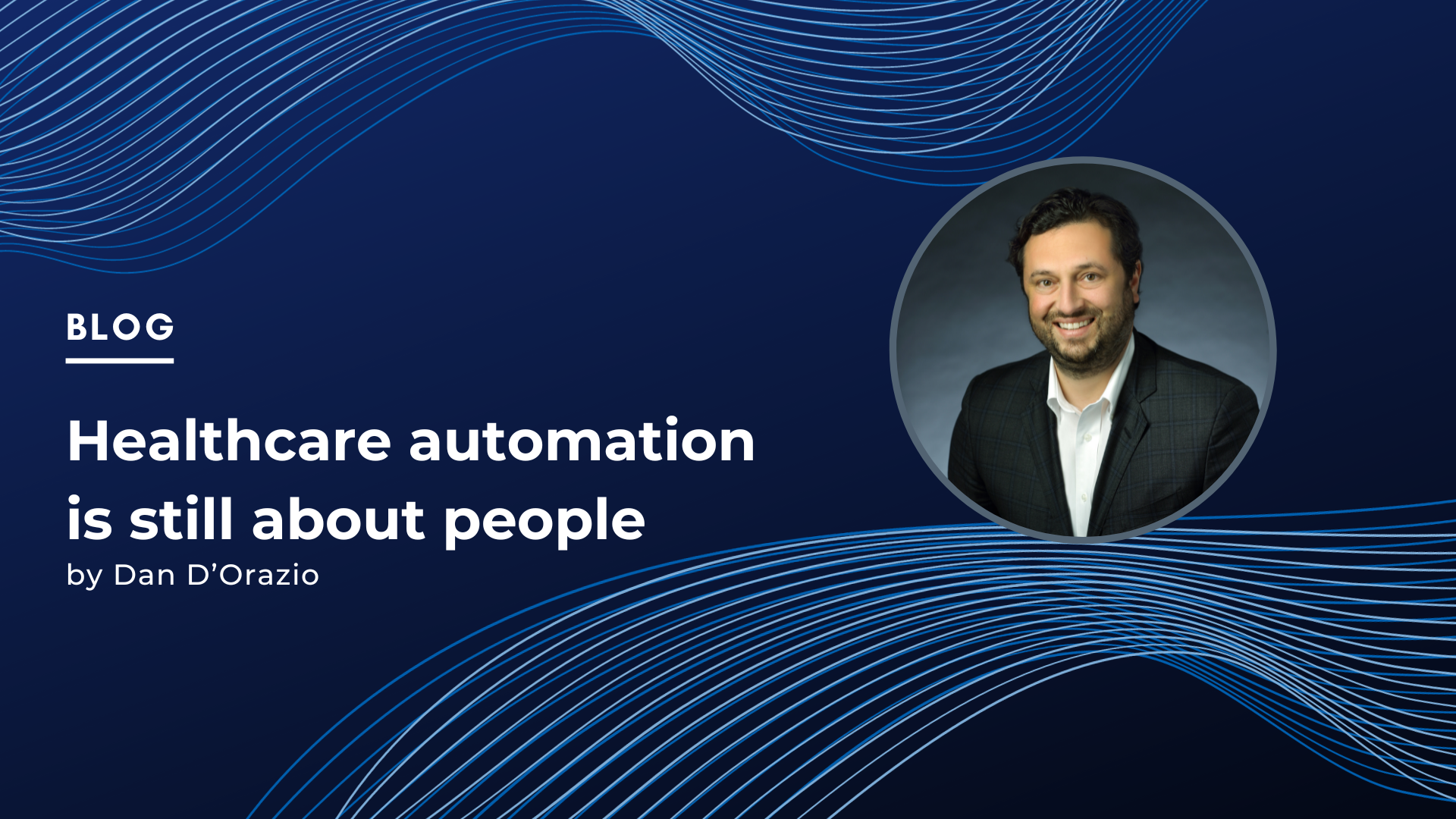
Healthcare automation is still about people.
Healthcare’s Bell Curve is busted, at least related to workforce. What’s come up — need, cost, shortages — is not coming down.
First, the good news.
Healthcare is a big reason why U.S. unemployment rates are at historic lows: 3.5% in July (Bureau of Labor Statistics, or BLS). The sector gained 63,000 new jobs, nearly 34% of the overall total (187,000) added last month. That growth will only continue. BLS projects that overall healthcare employment will grow 13% by 2031, faster than all other occupations.
When growth doesn’t feel like growth
Growth doesn’t feel great when it can’t keep up with demand. New jobs don’t equate to the warm bodies needed to fill them. The 3.9 million new healthcare jobs that BLS projects by 2031 is smaller and slower than the 4.2 million healthcare workers needed in half that time, per Kaiser Permanente.
Growth also doesn’t feel great when labor costs spike — 258% for hospitals and health systems from 2019-2022 (American Hospital Association-Syntellis). This jump is specific to contract labor: more staffing company hires (139%) and at higher rates (57%).
Healthcare’s busted Bell Curve might never go back. But not for lack of trying. In New York, one health system has banned travel nurses just as the governor has extended their authority to keep practicing provided they get their State license by the appointed deadline.
It will take more than crackdowns to help health system margins when cost is only part of the strain. Other macros include an aging population, expanded coverage and expanded need. By now, even your mechanic can probably quote that more than 10,000 people a day are aging into Medicare.
Growth in original Medicare and Medicare Advantage is joined by the Marketplace’s record-breaking 16.3 million enrollees. People who deferred care during COVID or because they were uninsured are on a crash course with a healthcare system that doesn’t have enough people to actually care for them.
Healthcare’s helping the economy. But what’s helping healthcare?
Automation rooted in generative AI can support healthcare, but only if it doesn’t leave the people part behind. Health tech is notorious for that. EHR meaningful use requirements have been in place since 2011 but physicians are still looking for digital health tools that are intuitive to use and help reduce stress and burnout (AMA 2022).
Since 2016, the AMA has been tracking physician use of these tools and two of the key needs they serve: automating tasks that can alleviate administrative burdens build workforce capacity. Generative AI — the kind made famous by ChatGPT — can super-charge automation, using machine learning to improve diagnostics, disease progression, and patient treatment.
Example? Generative AI can enhance medical images, speeding radiologist review and diagnosis. One could imagine a day where sharper images drive new medical education pathways, creating a workforce of advanced radiology techs who are licensed to diagnose negative results for simpler patient scenarios. This would allow radiologists more time for advanced functions, also facilitated by generative AI: predictive modeling; faster, better clinical decision-making; and more personalized treatment plans.
Per the AMA survey, 16-18% of providers are already using AI for practice efficiency and clinical applications. Another 36-39% expect to within the next year. We have to think big but maintain healthy skepticism. We’re still solving problems that have been around since 1985 (e.g., appointment scheduling, coding and billing, care coordination). And we’re prone to forget what we learn during crises (e.g., the more deliberate thinking that COVID and rising interest rates have promoted).
All of these reasons and more — ethics, human judgement, privacy, sensitivity — are why generative AI is still about the people. This includes how easy or difficult the practice of healthcare continues to be as we seek to meet workforce shortages in alternative ways, not just more warm bodies.
People plus platforms
We’ve got our work cut out for us. A clear tech value prop assumes a clear industry value prop. We are 16 years into chasing better population health outcomes, overall costs, and patient experience. Sometimes the Triple Aim can feel aimless, even as we add new objectives: health equity and yes, workforce well-being and safety.
The best healthcare automation will always be a people-platform partnership that prevents workforce shrinkage and burnout. But if technology is only about productivity, it will fall short.
Break a leg, healthcare.